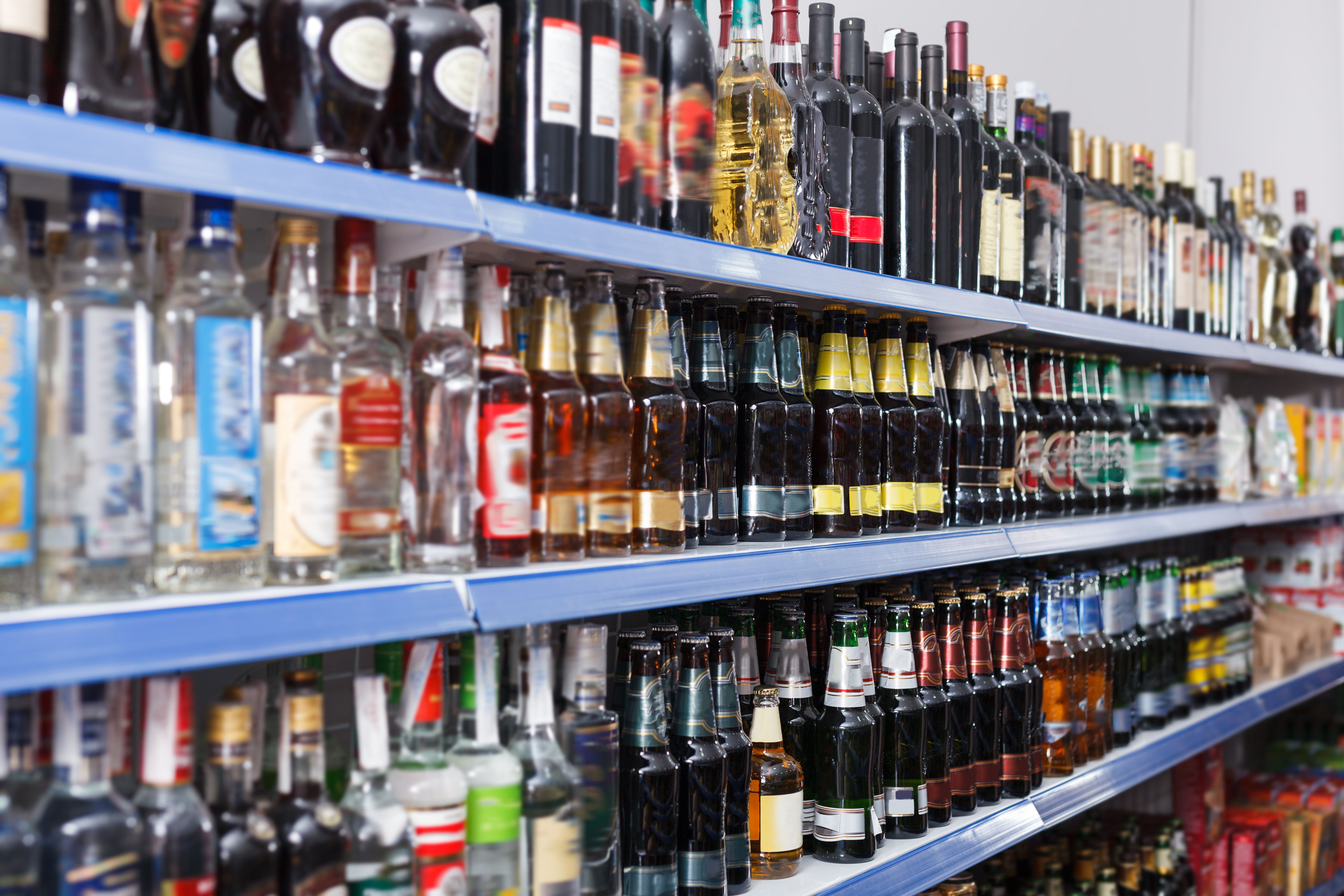Comparative Analysis Reveals Variability in Gas Chromatography Methods for Alcohol Quality Control
A recent study explored using gas chromatography (GC) to assess relative response factors in quality control measures for alcoholic beverages.
Ensuring the quality of alcoholic beverages is of paramount importance to the food and beverage industry. Alcohol contributes to shaping society and culture, which is why methods are needed to ensure that the quality control (QC) measures in the alcohol industry are met.
Image of alcohol drink | Image Credit: © JackF - stock.adobe.com

A recent study published in the Journal of Separation Science explores this very issue (1). Lead author Radomir Cabala of Charles University and his team conducted a comparison of gas chromatography (GC) methods using Taguchi's multifactorial analysis (1). The goal of the study was to evaluate the variability of relative response factors (RRFs) that are used in QC measures for alcoholic products (1).
Two GC gas chromatography (GC) internal standard methods were examined in this study: the first internal standard utilized ethanol, and the other one was pentan-1-ol. The team scrutinized the RRFs for ten volatile substances stipulated by legislation across 27 distinct experimental conditions (1). The evaluation centered on control factors like ethanol content in the matrix, analyte concentration, injected volume, injector temperature, split ratio, and flame ionization detector temperature (1).
The study concluded that the internal standard ethanol resulted in better outcomes than the other internal standard. Cabala and his team discerned this by setting these factors at various levels representative of common settings within measuring systems and reflective of the diverse alcoholic products regularly analyzed (1). Cabala’s study also assessed how the control factors influenced the repeatability of GC measurements, gauged through relative deviation (1).
This research conducted offers more insight into how to improve QC in the alcoholic beverage industry. Cabala and his team provided nuanced insights into optimizing GC methodologies, aiding in more accurate and reliable quality assessments (1).
This article was written with the help of artificial intelligence and has been edited to ensure accuracy and clarity. You can read more about our policy for using AI here.
Reference
(1) Korban, A.; Cabala, R.; Egorov, V.; Bosakova, Z. Variability of internal standard method calibration factors estimated with a multifactorial Taguchi experiment in the analysis of alcoholic products by gas chromatography with flame ionization detection. J. Sep. Sci. 2023, ASAP. DOI: 10.1002/jssc.202300492
New Study Reviews Chromatography Methods for Flavonoid Analysis
April 21st 2025Flavonoids are widely used metabolites that carry out various functions in different industries, such as food and cosmetics. Detecting, separating, and quantifying them in fruit species can be a complicated process.
University of Rouen-Normandy Scientists Explore Eco-Friendly Sampling Approach for GC-HRMS
April 17th 2025Root exudates—substances secreted by living plant roots—are challenging to sample, as they are typically extracted using artificial devices and can vary widely in both quantity and composition across plant species.

.png&w=3840&q=75)

.png&w=3840&q=75)



.png&w=3840&q=75)



.png&w=3840&q=75)





